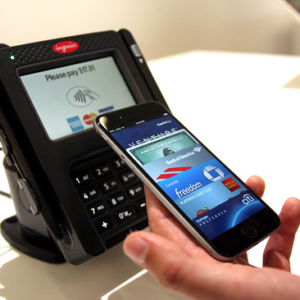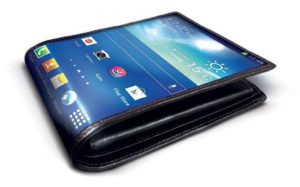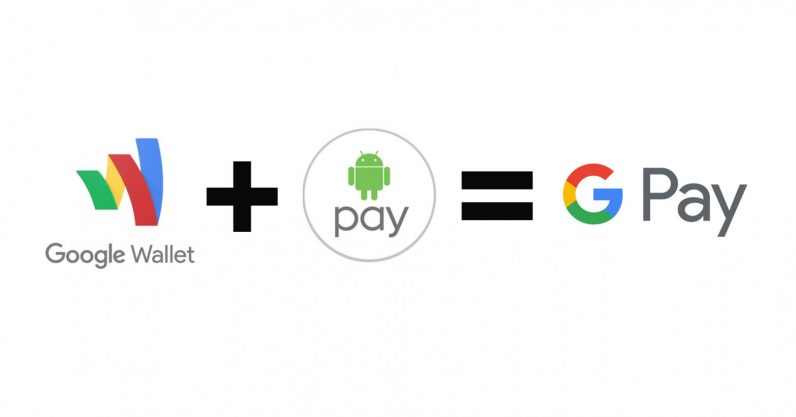From Rocks to Digital Wallets
We started with trading rocks, then gold, then paper, and then credit cards. Ok, that’s an extreme oversimplification of things, but the point is that over time humans have become more advanced with their trade patterns. In an ever more digital world it only makes sense that our next step is complete digital assets.
No, I’m not talking about cryptocurrencies like Bitcoin which were all the hype last November (although I’m not ruling those out either). Instead the spotlight is shifting towards other digital wallets/online payment systems like Google Pay. In the next few years a huge shift will take place towards these systems.
What is a Digital Wallet?
For those of you unfamiliar with digital wallets, they’re simply an electronic device that allows their user to make digital transactions. The user can link their bank account if they desire or they can transfer an amount into the wallet and use it from there. Payments can be made either remotely from their account or with Near-Field Communication (“scanning” your phone at a register). Last month Google merged two of its payment services (Android Pay and Google Wallet) into one service, and since then steps have been taken to make the service more useable in everyday life.
The most recent stride that gained media attention came last week when the Las Vegas Monorail began accepting Google Pay for transit tickets. The city’s worked with Google to not only accept payment here but monitor past transactions and map transit for users. It should be no surprise the long term goal is to implement this in all major cities.
Who uses Google Pay?
NFC systems like Google Pay are already integrated into many of our everyday lives. Industry giants like Dunkin Donuts and McDonalds accept these for in person payments and companies like Airbnb allow users to make payments via their online accounts.
It’s mostly giants now, but as implementation is becoming easier we’ll see NFC phone payments spread like wildfire the same way credit cards did. Square has produced an NFC reader to let anyone accept Google Pay/Apple Pay on their device.
but as implementation is becoming easier we’ll see NFC phone payments spread like wildfire the same way credit cards did. Square has produced an NFC reader to let anyone accept Google Pay/Apple Pay on their device.
Of course, this is the business side of things. Apps like Venmo and Cash App have exploded in popularity for easy fare-free P2P transactions. Back in February there was some concern about peer-to-peer payments not existing in the new solidified app. Since then the worry has been calmed and Google has announced that Google Assistant can be used to pay people back with Google Pay.
It’s only a matter of time before everyone is using some form of digital wallets. In the coming years we’ll likely see both improvements to the current system as well as new innovations to completely replace it. If you have any thoughts on improvements NFC systems could use let us know in the comments below!


Super Fans always leave a comment :-)